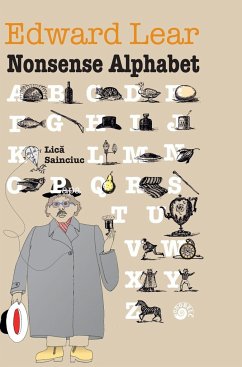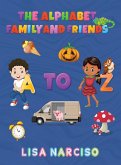From the mid-1840s onwards, the poet and painter Edward Lear made illustrated nonsense alphabets (also called "picture alphabets") as gifts for children of his acquaintance. Unfortunately, it is not known the name of the child or children for whom this alphabet was created. This volume is based on a poem by Edward Lear, published in 1877, that was illustrated and organized afterwards by Lica Sainciuc over a long period of 1978-1988-2008 into a book, in which the last also used old drawings by Edward Lear.
Hinweis: Dieser Artikel kann nur an eine deutsche Lieferadresse ausgeliefert werden.
Hinweis: Dieser Artikel kann nur an eine deutsche Lieferadresse ausgeliefert werden.








